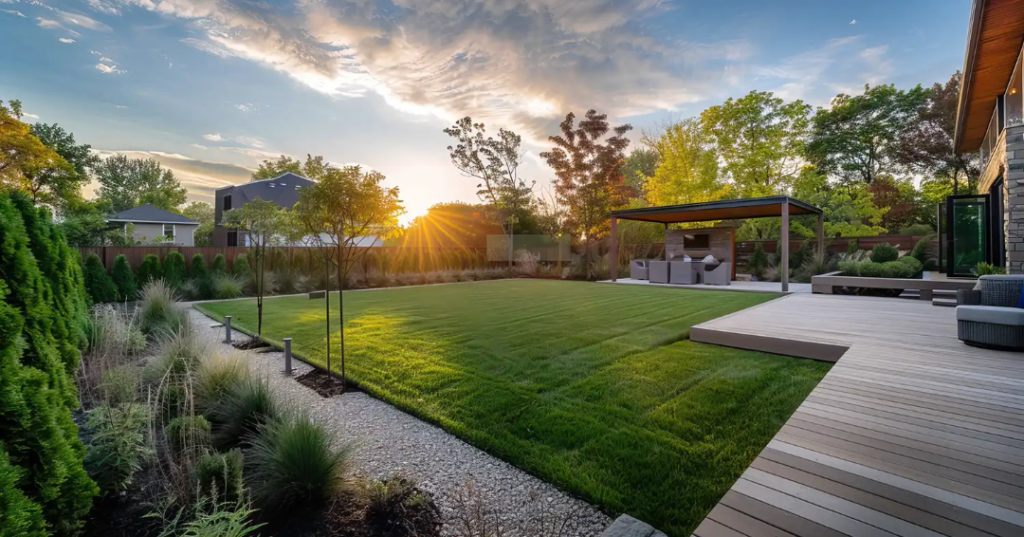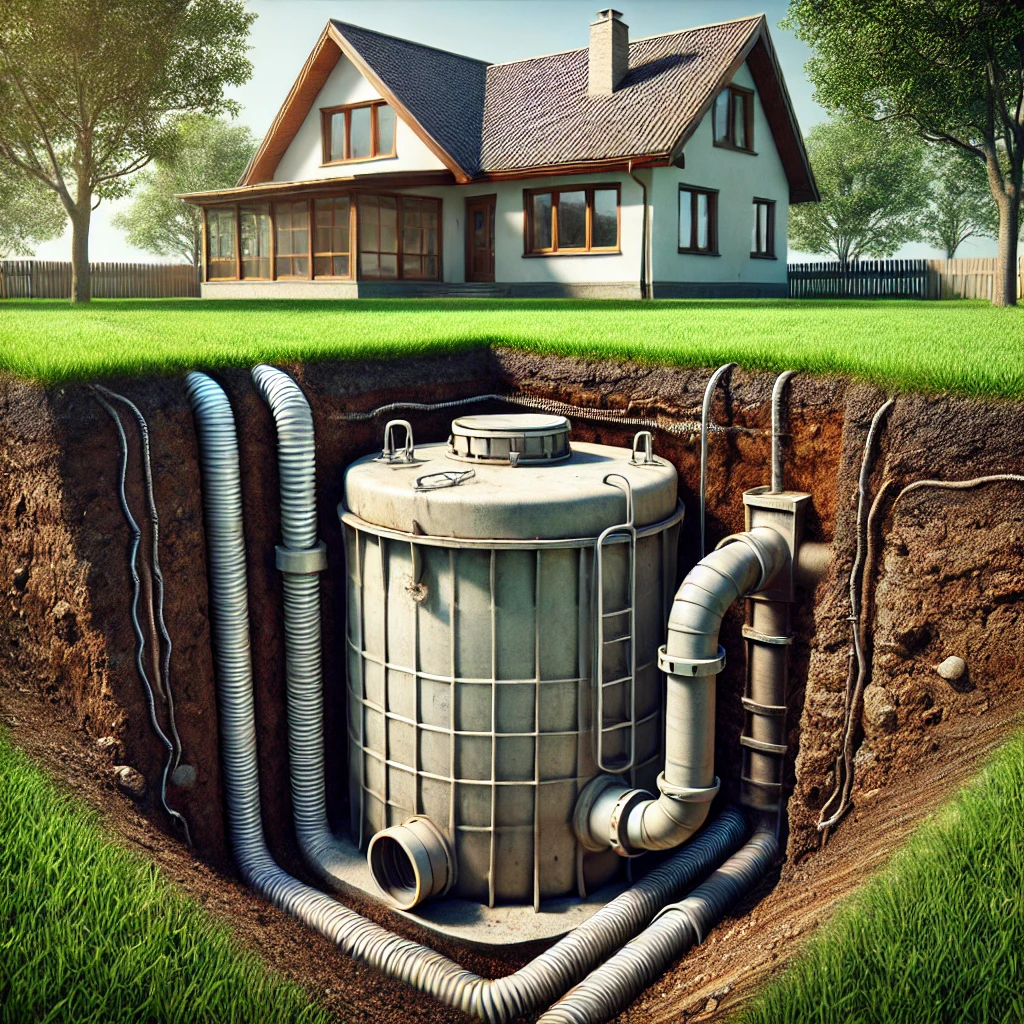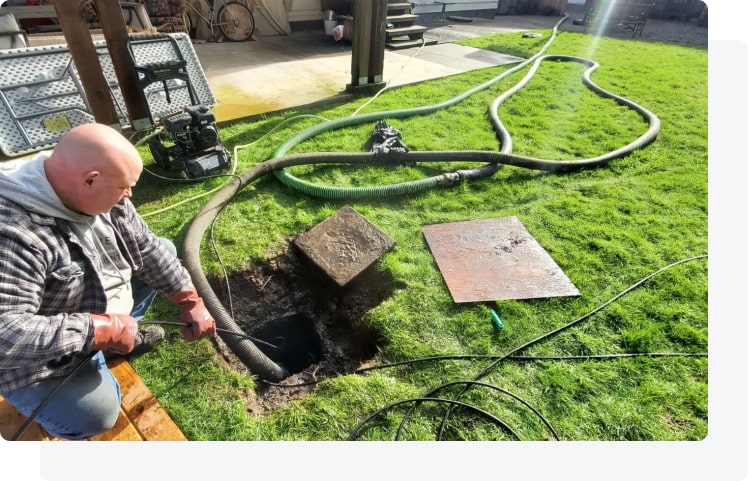Designing a septic and water system tailored to your property’s needs is essential for the long-term health of your home. A properly designed system ensures wastewater is managed safely and efficiently, preventing problems like water contamination, flooding, or costly repairs. Every property is unique, with different soil, topography, and usage needs, so a one-size-fits-all approach simply doesn’t work.
Taking the time to create a system that fits your property ensures reliable performance for years to come. It protects your water supply, prevents environmental damage, and gives you peace of mind. With the right design, your system can handle today’s needs and any future demands, keeping your home safe and efficient for the long haul. Here’s an in-depth look at each component:

1. Conducting a Comprehensive Site Evaluation
A thorough site evaluation is the foundation of an effective septic system design. This process includes:
- Soil Analysis: Assessing soil texture, structure, and permeability to determine its suitability for wastewater absorption. Soil percolation tests measure the rate at which water infiltrates the soil, ensuring it can adequately filter and treat effluent.
- Topography Assessment: Evaluating the land’s slope and natural drainage patterns to identify optimal locations for system components. Proper placement prevents issues like erosion or water pooling, which can compromise system functionality.
- Hydrological Considerations: Identifying groundwater levels and proximity to water bodies to prevent contamination and ensure environmental safety. Maintaining adequate separation distances is crucial for protecting water quality.

2. Navigating Regulatory Compliance
Adhering to local regulations is essential for legal and environmental reasons. This involves:
- Permitting: Securing necessary permits from local health or environmental departments before installation. A site evaluation is usually required before a septic permit can be issued.
- System Approval: Ensuring the proposed design meets all local codes and standards, which may dictate system type, placement, and construction methods. Compliance helps prevent legal issues and promotes system longevity.

3. Selecting the Appropriate System Type
Choosing a system that aligns with your property’s characteristics and usage is vital. Options include:
- Conventional Systems: Typically consist of a septic tank and a drain field. Suitable for properties with adequate soil depth and permeability.
- Alternative Systems: Aerobic treatment units or mound systems are designed for sites with limiting conditions like high groundwater or shallow soil. These systems often provide advanced treatment to protect environmental health.

4. Designing the Drain Field
The drain field, or leach field, is where treated effluent is dispersed into the soil. Key considerations include:
- Size and Layout: Determining the appropriate size based on anticipated wastewater flow and soil absorption capacity. A properly designed drain field should distribute wastewater over a large enough area to allow it to infiltrate into the soil for treatment.
- Distribution Method: Utilizing gravity-fed or pressure-dosed systems to ensure even effluent distribution, preventing overloading and promoting effective treatment.

5. Integrating Water Supply Considerations
Protecting your property’s water supply during septic system design involves:
- Well Placement: Ensuring adequate distance between the septic system and any wells to prevent contamination.
- Water Usage Assessment: Evaluating household water consumption to appropriately size the septic system, ensuring it can handle peak flows without compromising performance.

6. Planning for Maintenance and Longevity
Designing with future upkeep in mind ensures sustained system performance:
- Access Points: Incorporating accessible lids and ports for routine inspections and pumping.
- Material Selection: Choosing durable, high-quality materials that resist corrosion and wear, extending the system’s operational life.
By meticulously addressing each of these aspects, you can develop a septic and water system that is efficient, compliant, and tailored to your property’s specific requirements.


